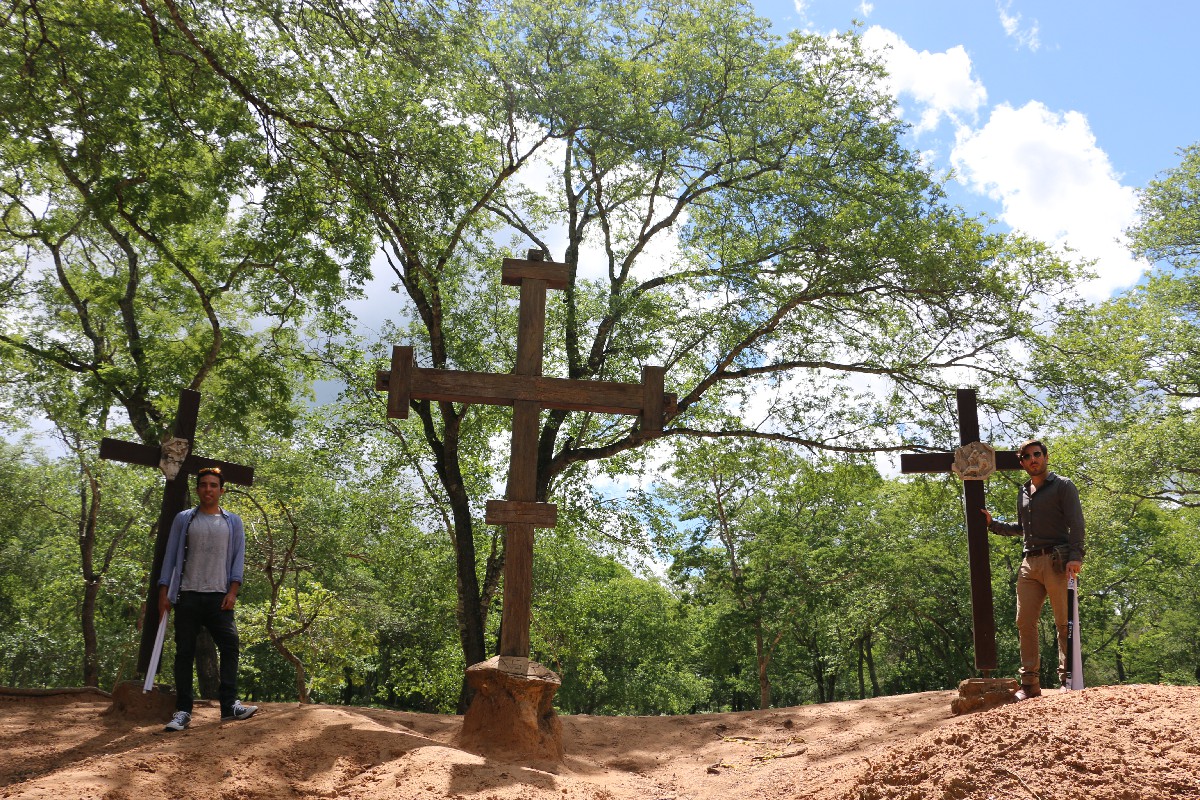Environment
A significant step forward for the Foundation in its goal of minimizing greenhouse gas emissions and combating the acceleration of climate change.
SEDEMA seeks to obtain the Carbon Footprint Registry Seal. This is a significant step for the Foundation in its goal of minimizing greenhouse gas emissions and combating the acceleration of climate change. The plan drawn up by SEDEMA involves a 12% reduction in emissions over 3 years. In addition, with a view to reducing this footprint, the Foundation has prepared a CO2 reduction plan, which has already begun to be implemented.
How is the Carbon Footprint calculated?
To calculate the Carbon Footprint, all the variables of daily life must be taken into account: accommodation, transport, food and consumption. To obtain the approximate emissions data there are different carbon calculators, which give an idea of all the emissions generated by a person or a small organization over a period of time. With the result, consumers have the option of compensating for their negative impact on the planet by incorporating sustainable habits into their daily lives.
While there is no single measurement of the carbon footprint, there are specific approaches to approximate its calculation. The six main perspectives follow international methodologies and standards:
Corporate: an organization’s carbon footprint is measured, generally for one year, for a better use of resources. This perspective is regularly used to draft reports or reports within the communication of a company’s performance in relation to climate change.
Life cycle of a product or service: GHG emissions of goods or services are measured throughout their production chain and sometimes even in their final consumption or disposal. It has had a major impact in Europe and Japan, and has spread to more and more countries.
Personal: here the direct and indirect GHG emissions of an individual in a specific period of time are evaluated. It requires knowledge of a person’s consumption habits and possessions to calculate it. If you want to know your carbon footprint, we invite you to explore our platform.
In events: the carbon footprint is counted during the planning and execution of an event (from the use of energy and transportation to the preparation of food or stationery). It is often used to take actions to offset emissions and thus become certified as a “carbon neutral event”.
Territorial: GHG emissions are measured in a specific, geographically or politically limited area. It works to determine the overall impact of climate change in an area and undertake mitigation plans.
By industry: evaluates the carbon footprint of a particular productive sector. This represents an opportunity to optimize resources and the use of raw materials, which offers competitive advantages and a more controlled environmental impact.

MAKING REAL CHANGE POSSIBLE
Contact us to find out how we can work with you to achieve climate action.
AWARDS AND RECOGNITIONS







Subscribe to our newsletter to learn about our work with clients and project partners to make real change possible.
